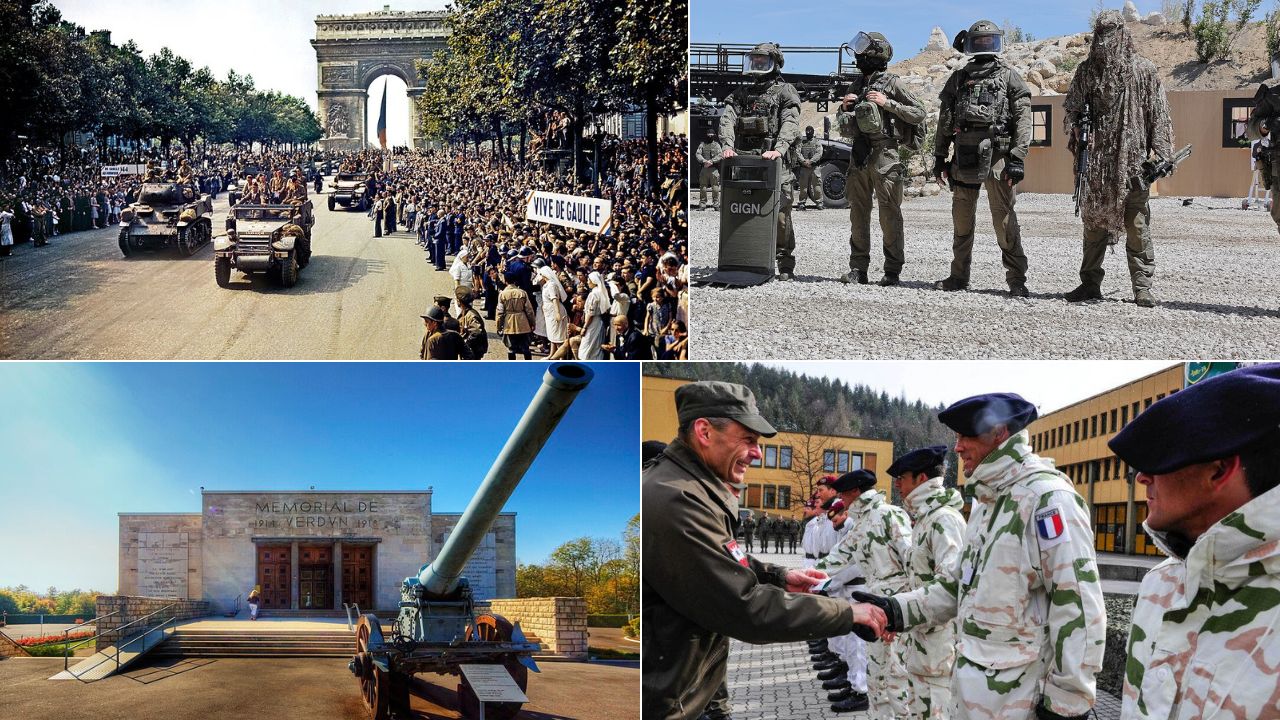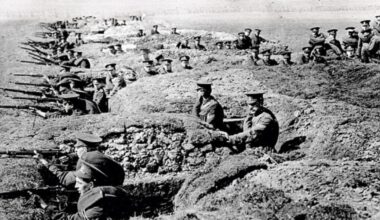French soldiers built a record of tough service across two centuries, from the Alps to Africa. Numbers beat lazy jokes. In World War I alone, France lost about 1.3 million troops by 1918, yet held Verdun for 303 days. In 1944, French commandos landed on D-Day, and Free French armor entered Paris on August 24. In 2013 rapid airlifts sent units to Mali within days. This guide uses dates, places, and laws so teens can judge evidence, not stereotypes.
1. World War I Reality Check, 1914–1918
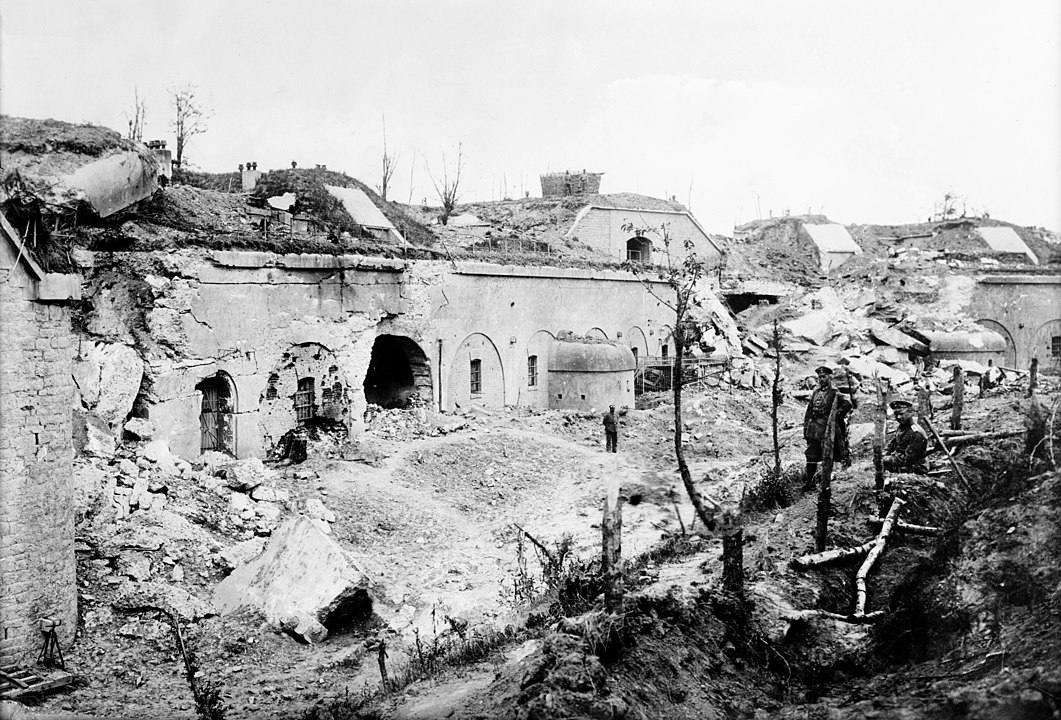
The French Army fought from August 1914 to November 1918 along a 400 mile front. By war’s end, about 1.3 million French soldiers were dead and more than 4 million were wounded, yet the line held. Uniforms changed from blue coats to horizon blue in 1915 to hide better. Artillery barrages measured by thousands of shells a day turned villages to craters. Despite the cost, France stayed in the fight until the Armistice on November 11, 1918, undercutting the lazy label “coward.” Trenches stretched roughly 450 miles.
2. Verdun 1916, 303 Days of Holding the Line
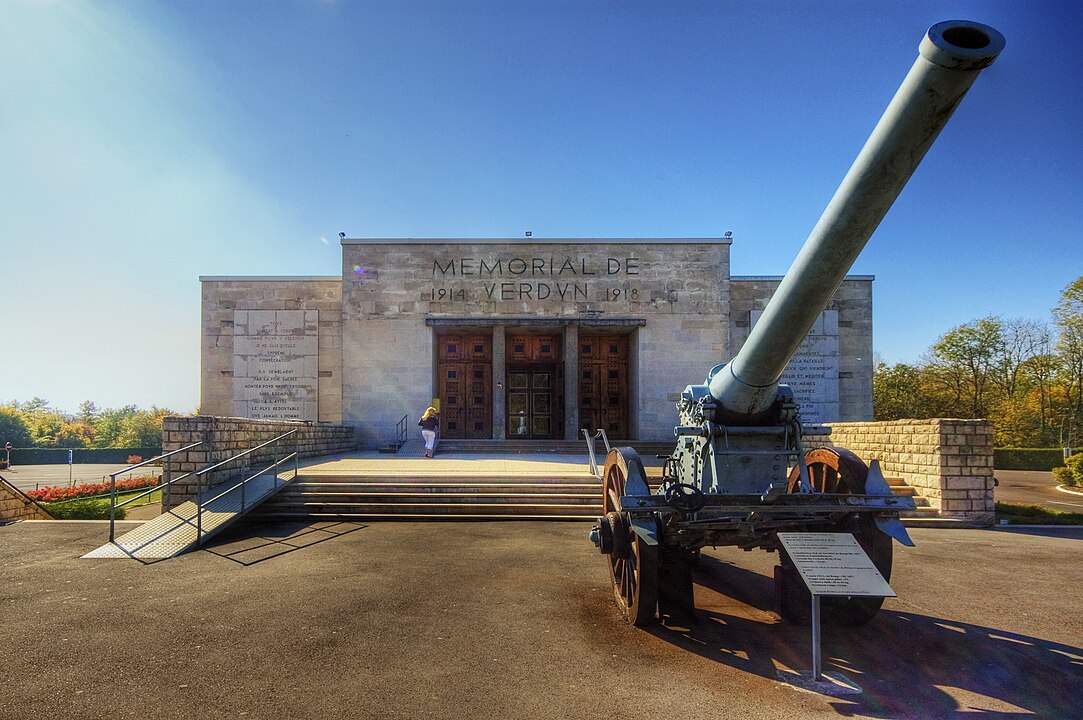
Verdun lasted from February 21 to December 18, 1916, 303 days of near nonstop battle. French units rotated along the Voie Sacrée, a 43 mile road that fed the front with trucks every few seconds. Fort Vaux fell in June, then French counterattacks retook hard ground by autumn. Total casualties on both sides reached around 700,000. The motto “On ne passe pas” captured the goal, hold. Teens visiting sites should stay on marked paths, unexploded shells remain. Museums display 75 mm shells, helmets, and detailed maps.
3. The Taxis of the Marne, September 1914
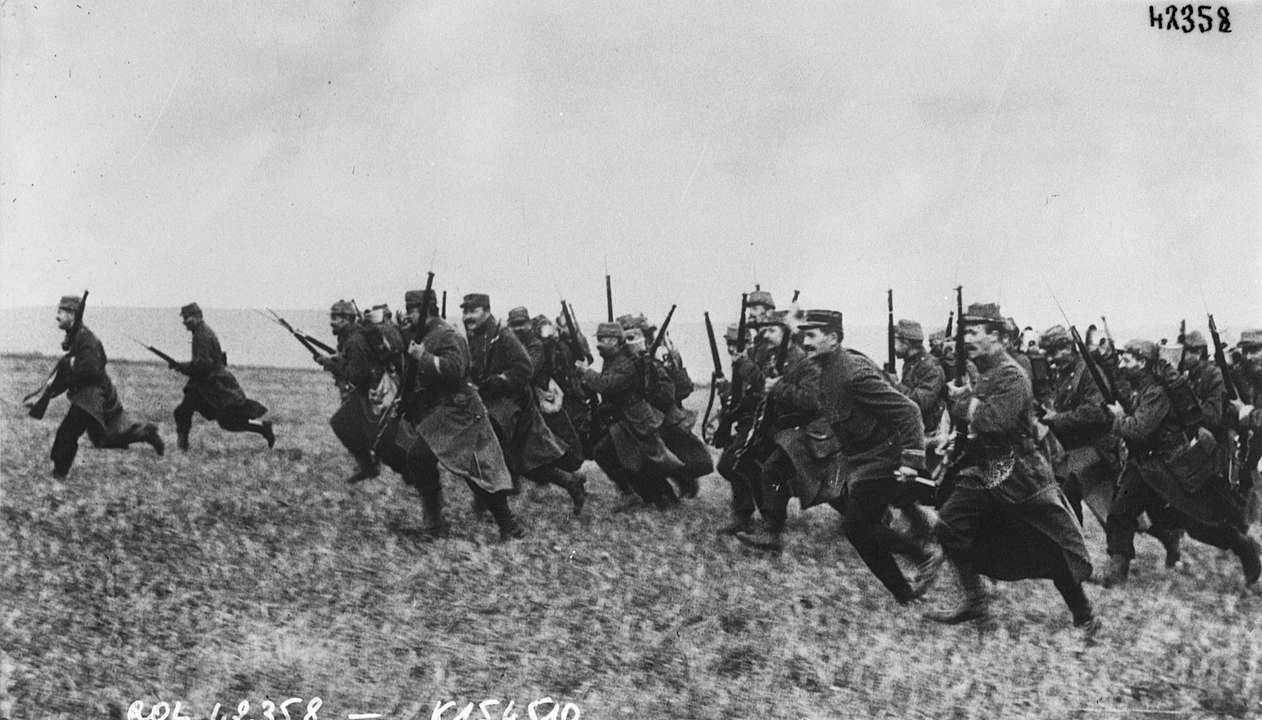
In early September 1914, the First Battle of the Marne turned a retreat into resistance. Paris commandeered about 1,100 taxis, each with a meter running, to move roughly 6,000 soldiers toward the front on September 6–7. The trips added speed, not firepower, but helped place reserves where gaps opened. The battle, fought September 6–12, stopped a direct march on the capital. Using city cabs to shuttle troops showed quick thinking under pressure. The taxi bill, near 70,000 francs, was paid later by the state.
4. Free French Armor Enters Paris, August 24–25, 1944
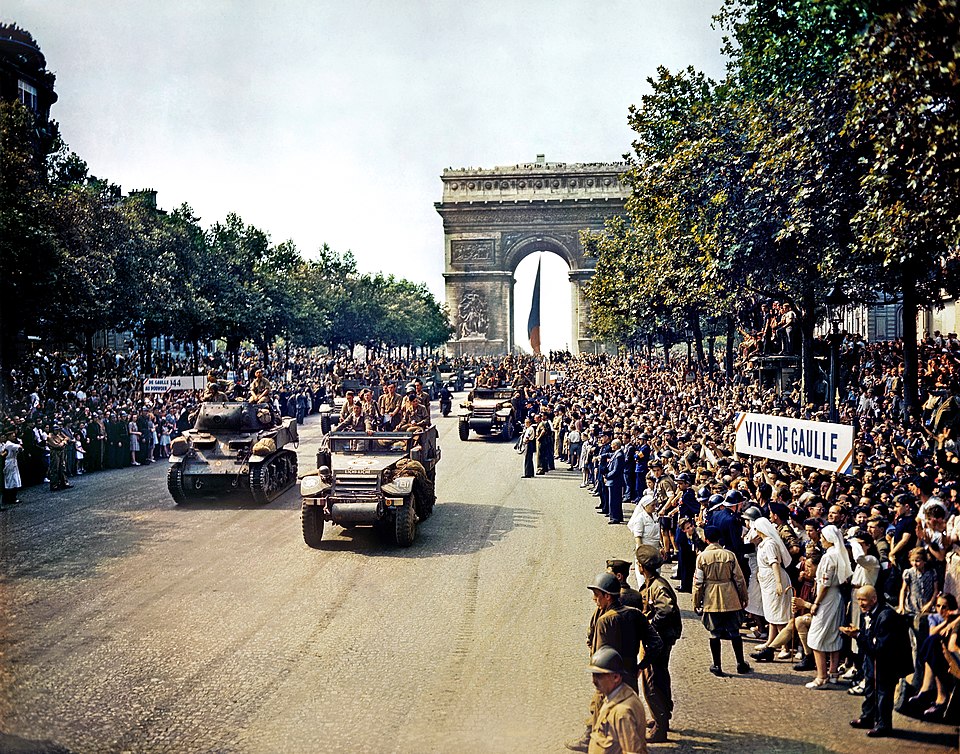
After the 1940 defeat, many French troops kept fighting from North Africa and Britain. Their 2nd Armored Division, the 2e DB under General Leclerc, spearheaded the liberation of Paris in August 1944. Tanks rolled into the city late on August 24, with the main entry and surrender on August 25 alongside the U.S. 4th Infantry Division. Street names like Place de la Concorde and Hôtel de Ville marked the route. The Free French flag rose on public buildings within hours. Tricolor stripes marked vehicles for civilians.
5. Bir Hakeim 1942, Sixteen Days in the Desert
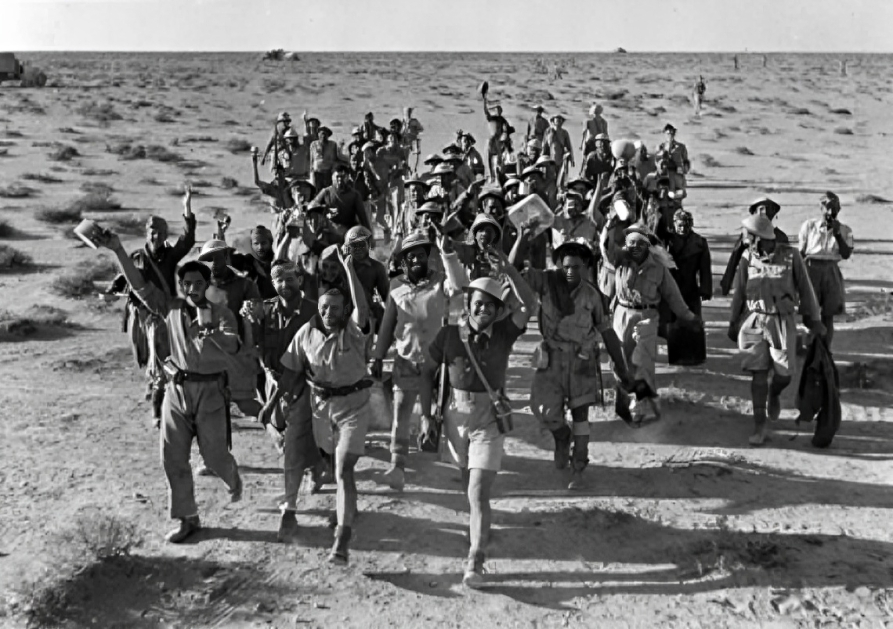
From May 26 to June 11, 1942, about 3,700 Free French troops held the Bir Hakeim box in Libya against German and Italian forces under Rommel. Temperatures often topped 100°F and water was rationed by the liter. Minefields and 75 mm guns stalled attacks long enough for Britain’s Eighth Army to reposition toward El Alamein. When ordered to break out, most defenders escaped at night. The stand proved that far from home, French units could delay a stronger foe. Sand storms cut visibility to a few yards.
6. D-Day 1944, Commandos Kieffer on Sword Beach
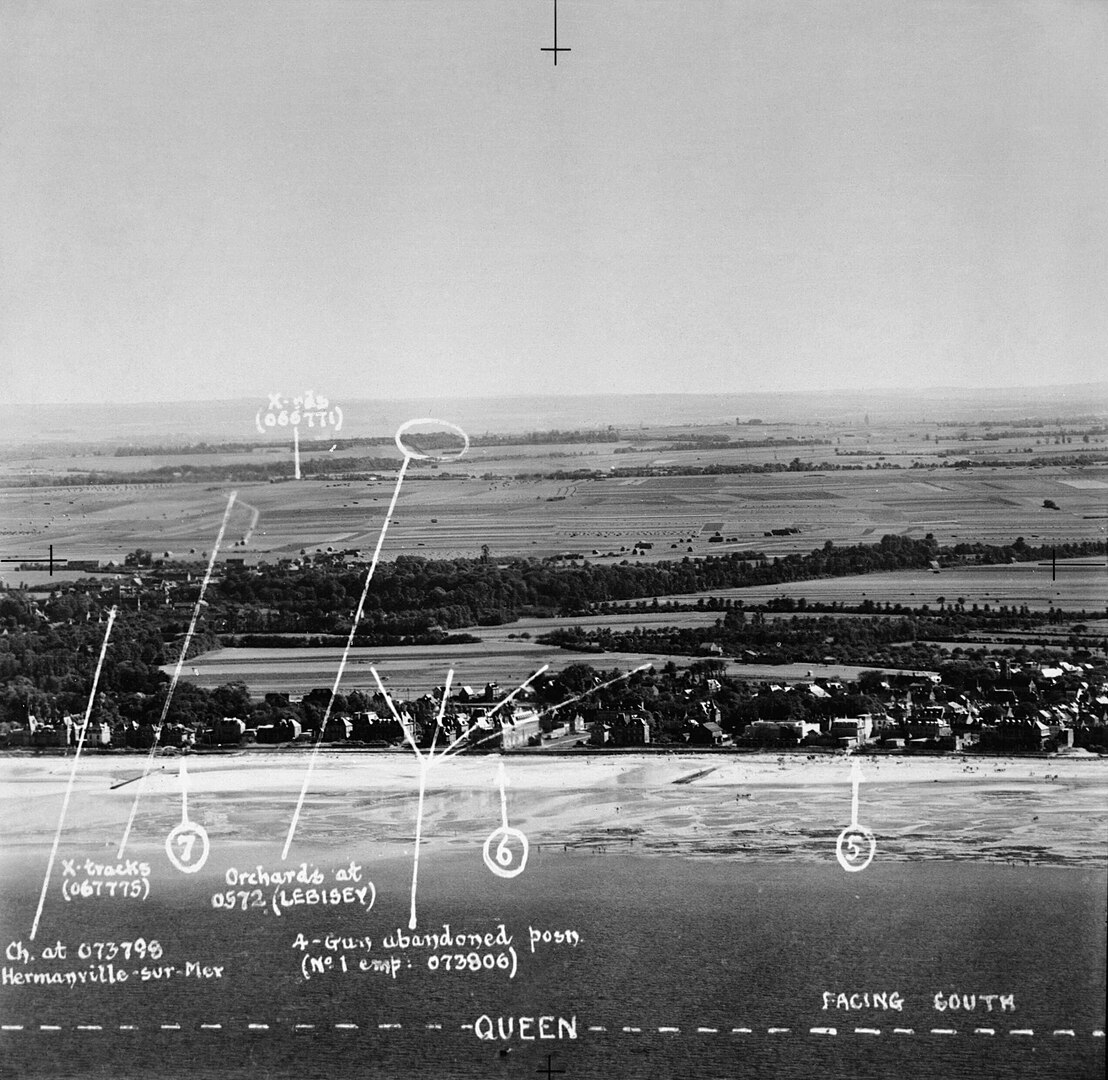
On June 6, 1944, 177 French commandos under Lieutenant Commander Philippe Kieffer landed with British forces on Sword Beach. They were the only French unit to storm ashore that day. Their mission included taking strongpoints in Ouistreham, including a casino block along the seawall. Casualties were heavy, but bridges and roads inland opened by nightfall. The detail matters for teens studying sources, because it shows French troops led from the front during the largest amphibious assault. A memorial lists all 177 names.
7. Foreign Legion Story, Camerone Day and Endurance
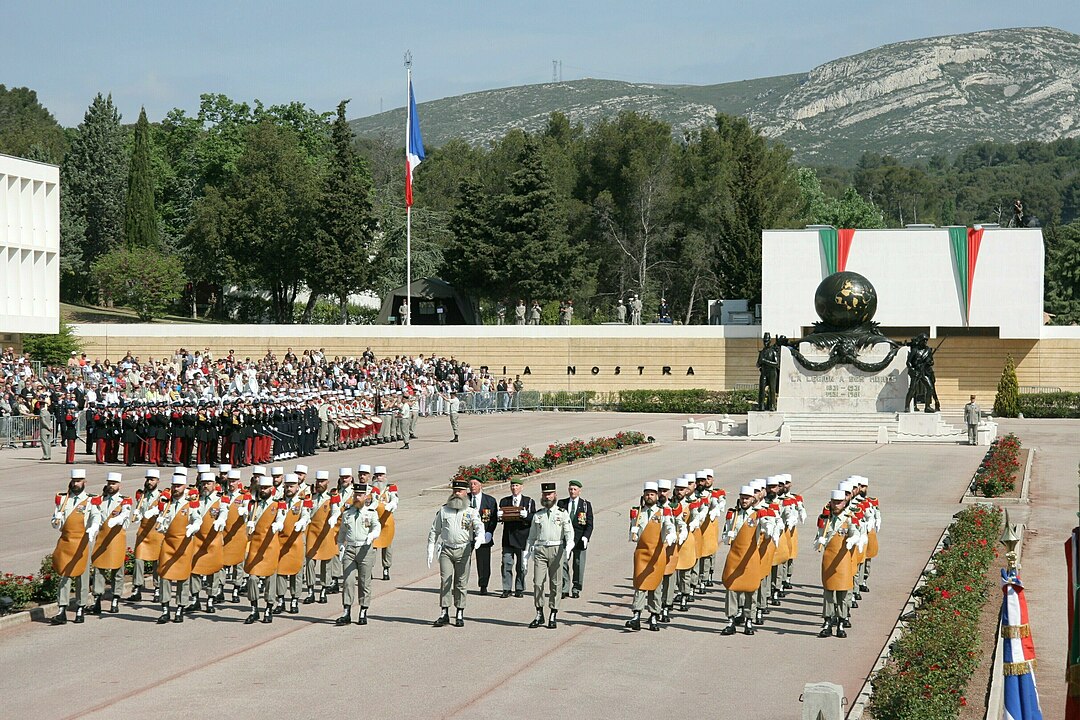
France created the Foreign Legion in 1831 for service overseas. One defining moment came at Camerone, Mexico, on April 30, 1863, when about 65 legionnaires fought nearly 2,000 opponents to protect a convoy. By day’s end only a handful survived, yet they kept their officer’s orders. The Legion still marks Camerone Day every April 30, parading a wooden hand from that battle. The unit later fought in Indochina and Algeria. Today recruits train at Castelnaudary for months, marching many kilometers with 20 kg packs.
8. Modern Operations, Serval in Mali 2013
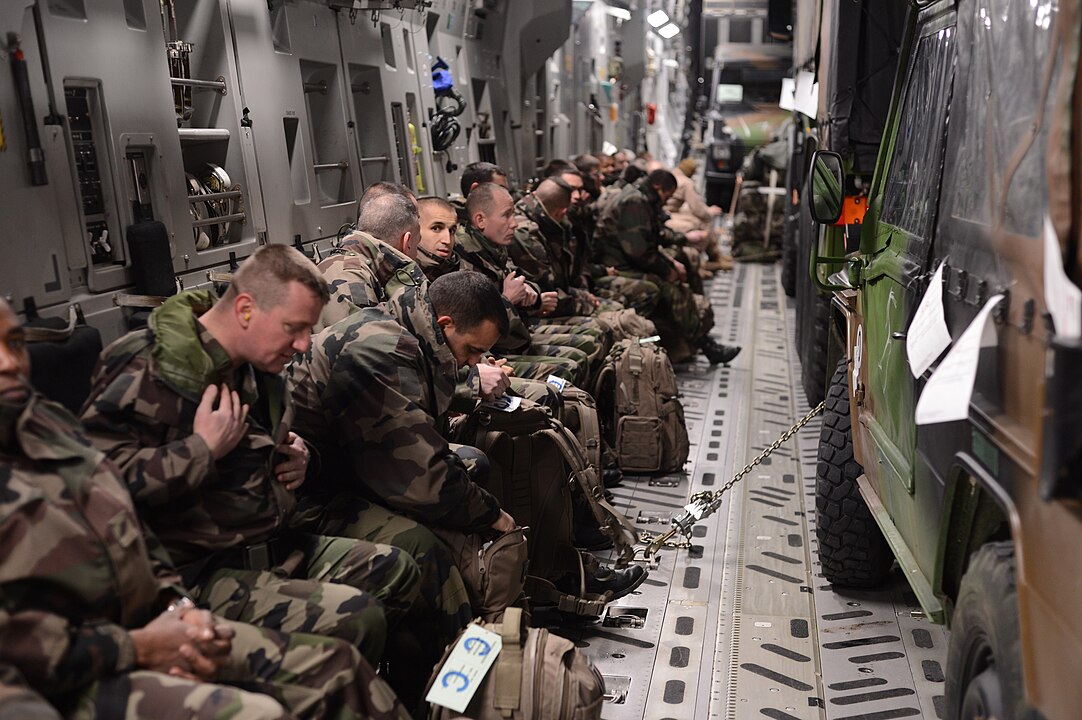
In January 2013, France launched Operation Serval to stop armed groups driving south in Mali. About 4,000 French troops deployed within days, using C-17s and A400M transport planes to move men and armor. By January 28, key northern cities like Gao and Timbuktu were back under government control. Light armored vehicles and helicopters crossed hundreds of miles of desert. Losses were limited but real. Niger and Chad backed the push, showing regional teamwork in harsh terrain where heat and distance test every convoy.
9. Mountain Troops, Chasseurs Alpins Train High
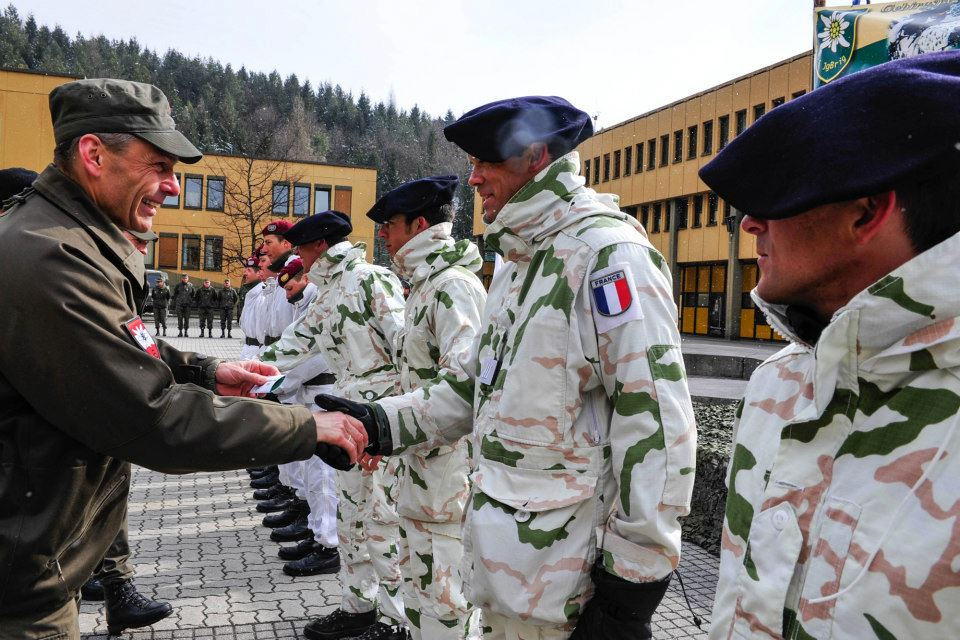
France’s mountain infantry, the Chasseurs Alpins, began in 1888 to guard snowy passes. Units still train above 6,500 feet in the Alps, practicing rope work, avalanche safety, and cold weather shooting. The 27th Mountain Infantry Brigade, based around Grenoble and Annecy, serves abroad when terrain is steep, from the Balkans in the 1990s to Afghanistan after 2001. Gear includes white camouflage and skis for winter patrols. Summer courses teach crevasse rescue on glaciers like Argentière. Winter bivouacs sit in 2 meter snowpacks.
10. GIGN 1994, Hostages Freed on a Marseille Jetway
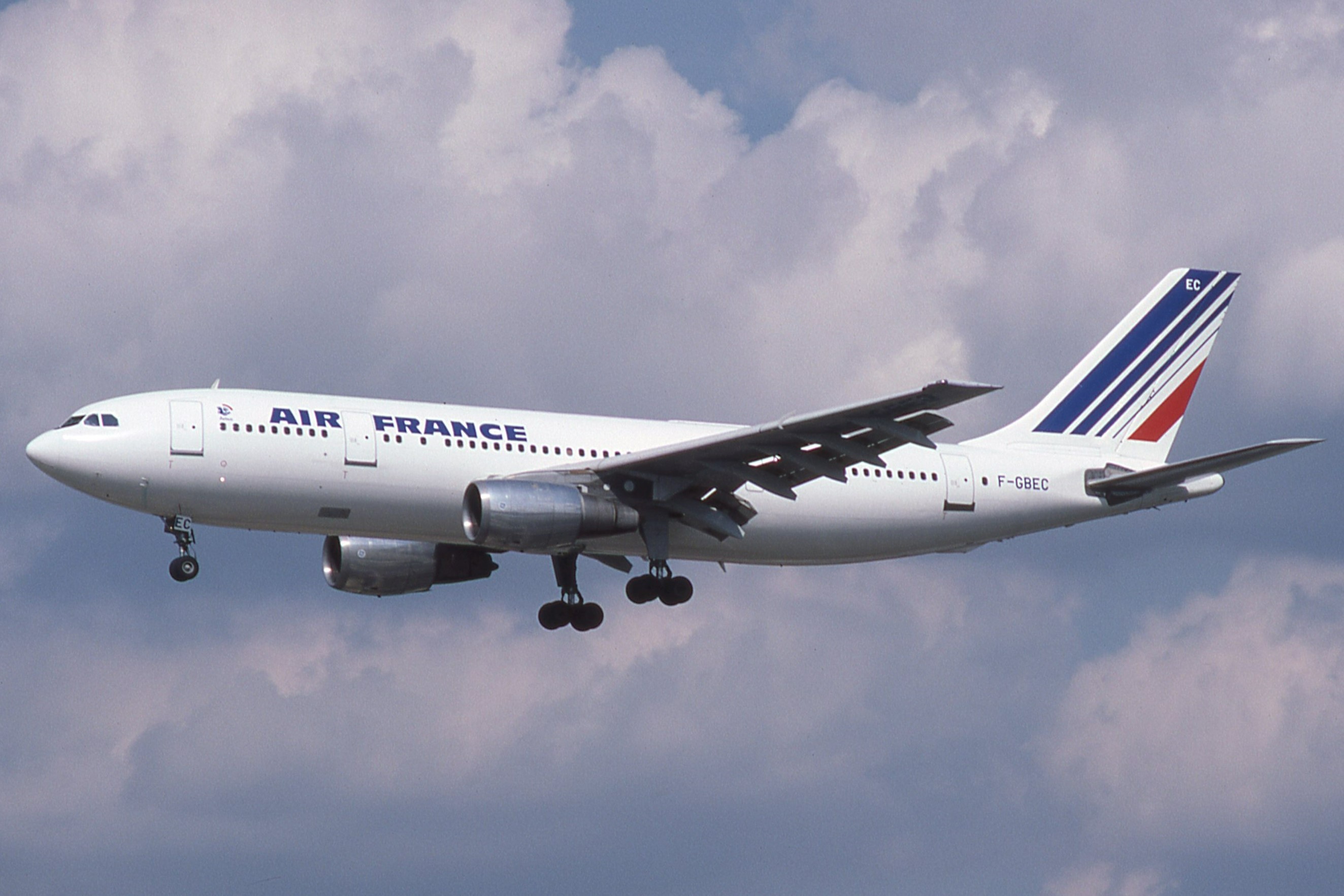
France’s gendarmerie created GIGN for high risk rescues. On December 26, 1994, its teams stormed Air France Flight 8969 at Marseille-Provence airport after the plane left Algiers. In a burst that lasted minutes, commandos rescued 173 passengers and crew and ended the hijacking. The action used flashbangs, ladders, and precise fire, tactics still taught today. While GIGN is police, not the Army, the rescue shows a national standard, move fast to protect lives when seconds matter. Reports timed the assault near 3 minutes.
